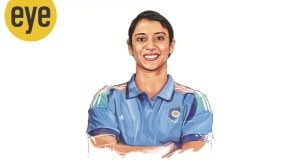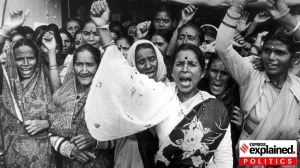Policy panel voted for a pause,but Subbarao opted for 25 bps hike
The RBI hiked the repo rate by 25 bps to 8.50 per cent in October,but signalled a pause in the monetary policy.
Overruling a majority of external members of an advisory panel who had argued for a pause,Reserve Bank of India Governor D Subbarao went ahead with a hike in repo rate at the October monetary policy meeting.
Five of the seven external members of the Technical Advisory Committee (TAC) on the monetary policy which is advisory in nature and has no voting powers suggested the repo rate be kept unchanged at 8.25 per cent,while one member had called for a 25 basis points (bps) increase. One member was not present at the meeting and didnt present her views. The RBI hiked the repo rate by 25 bps to 8.50 per cent in October,but signalled a pause in the monetary policy. The increase 13th in a tightening cycle that began in early 2010 was possibly also the final one,on expectations that persistently high inflation will finally begin to ease starting in December.
The minutes of the TAC meeting,released by the RBI on Thursday,showed that one external member suggested a 25 bps hike in the statutory liquidity ratio (SLR) to curtail bank borrowing from the RBIs liquidity window.
Another member recommended allowing some nominal exchange rate appreciation to reduce cost pressures on economy,the minutes showed. The minutes did not release the views of the governor and his deputies.
In the July policy meeting,ignoring the suggestions of the TAC,Subbarao raised repo rates by a steep 50 bps. Most members of the TAC had then suggested the RBI to adopt a wait-and-watch policy,while one member suggested an increase in the repo rate by 25 bps.
In India,the final call is the RBI Governors. The Governor does hold structured consultations with the four Deputy Governors (DGs),with whom he constitutes an informal monetary policy committee,but there is no voting,and the final decision lies with the governors. TAC acts as a proxy policy committee,but it is advisory in nature. It comprises the Governor as chairman,the Deputy Governor in charge of monetary policy as vice chairman and other three DGs as members. The committee also has seven external members two experts from the Central Board of the bank,and others drawn from a wider pool nominated by the governor. They give specific recommendations on policy options and these are minuted. The RBI releases the minutes of the meeting of the technical committee about a month after the quarterly policy statement. The minutes do not specify the policy stance adopted by individual members and often does not indicate the views of all members of the panel.
The TAC members reviewed the recent global and domestic macroeconomic developments. They felt that the global macroeconomic situation continued to be fragile. Most members were not very optimistic about the immediate resolution of the euro area debt problem and felt that the probability of an event shock was high. The policy response by the authorities was too little and too late. The negative impact in the case of an event shock on emerging economies could be serious through the trade,financing and confidence channels. Members expressed concerns over the slow growth in the US. They also observed that the growth was slowing down in emerging market economies (EMEs).
Reflecting on the domestic macroeconomic developments,all members felt that the economic growth was moderating. In particular,investment activity was slowing down due to tight monetary policy and several other factors,including global uncertainty and delay in clearing the projects. Concern was also expressed about the service sector,which was showing signs of moderation. Some members felt that exports growth will slow down,going forward,as a result of which trade deficit may widen.
All members observed that inflation was a major concern. They also felt that the inflation would not ease immediately.
Among the external members,Shankar Acharya,YH Malegam,Sudipto Mundle,Errol DSouza and Ashima Goyal attended the meeting. Rakesh Mohan and Indira Rajaraman could not attend the meeting. Mohan submitted his written views.



- 01
- 02
- 03
- 04
- 05




























